Detergents such as laundry powder or liquid are any surfactant or combination of surfactants used for cleaning. A surfactant is a chemical that can bind to oils, lift them from fabrics, and deposit them in water.
It dissolves in water and helps other contaminants dissolve as well. It can be bought in liquid or powder form. Clothes and dishes are cleaned with detergents.
They have both hydrophilic and hydrophobic properties, making them amphiphilic. Alkylbenzene sulfonates are the most common type of detergent. They are more soluble in hard water than soap.
This is because the detergent’s sulfonate group does not react with the hard water’s calcium and other ions. Soap’s carboxylate group readily binds to calcium, however.
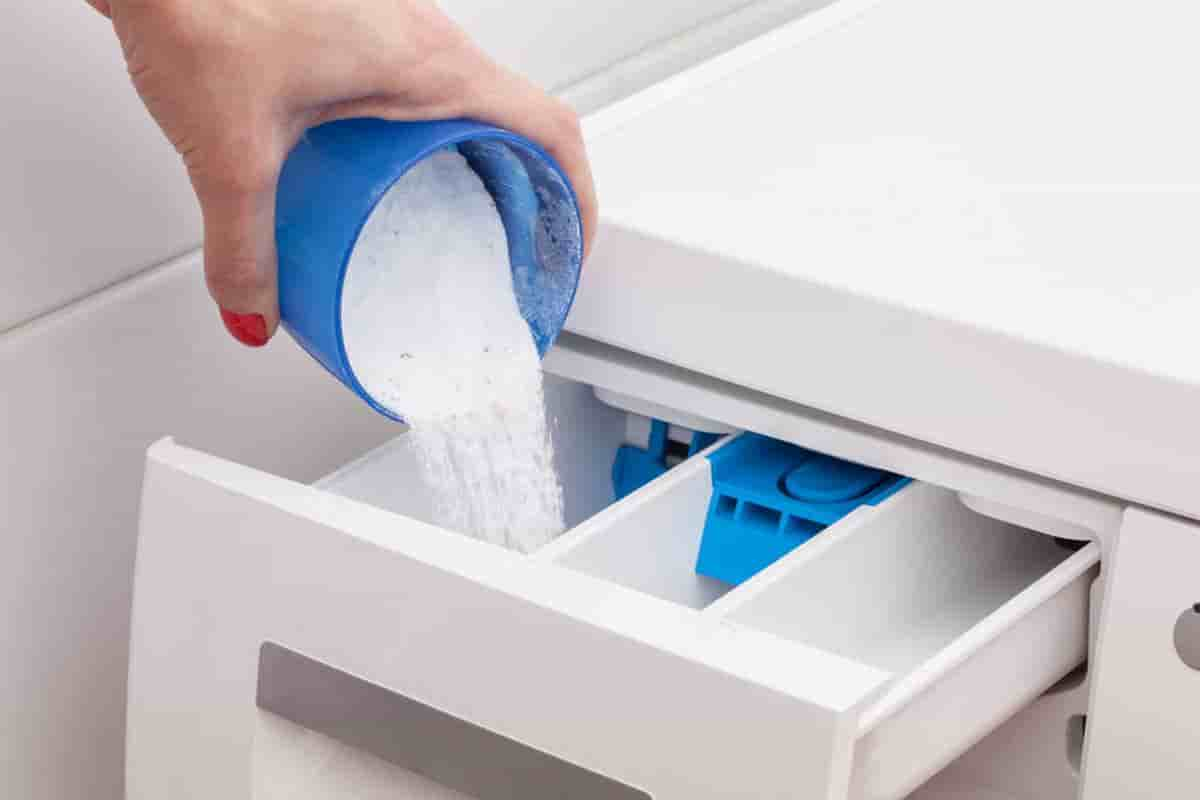
Whether detergent is an acid or a base is the subject of this piece.
Does that make detergent a base or an acid? Detergents have a simple chemical composition. This is due to the fact that detergents are made from basic chemical compounds like anionic groups, long-chain hydrocarbons, and a single non-ionic group. Detergents have a pH of 10, making them neutral. Common contaminants include acids. Therefore, a simple detergent will work great for cleaning them.
Chemical substances with a pH value between 1 and 6 are classified as acids, whereas those with a value between 8 and 14 are classified as bases along the pH scale that goes from 1 to 14. The number 7 represents neutral substances.
Sodium and potassium hydroxide compounds are used as detergents. Substances having a pH between 10 and 14 can combine with hydroxides of potassium or sodium to produce compounds.
They are therefore a simple compound. Detergents are used to clean, hence they are acidic.
Detergents have a pH of 10, which is the neutral range. Ammonia-based detergents, on the other hand, have bleaching capabilities and rank closer to a 12.
It’s confusing that Detergent is categorized as a base.
Sodium hydroxide (NaOH) is a base, and the following explanations will make sense of this fact given that detergents are compounds of sodium or potassium hydroxides.
Based on his hypothesis, Arrhenius classified substances as bases if they formed OH- ions upon dissociation in water.
When dissolved in water, sodium hydroxide (NaOH) splits into Na+ (cations) and OH- (anions) (anions). The corresponding chemical reaction is described below.
The reaction of NaOH with water produces heat, sodium ions (Na+), hydroxide ions (OH-), and water.
Bronsted-Lowry theory states that bases are proton (H+ ion) acceptors that result in conjugate acids. A Bronsted Lowry base is what you would call this structure.
Alternatively, acid acts as a proton donor to create a conjugate base. Bronsted-Lowry acid is its official name. The corresponding chemical reaction is as follows:

Base (NaOH) with acid (HCl) yields conjugate acid (H2O) plus base (NaCl) (conjugate base)
Lewis bases are those that donate an electron pair, as described by the Lewis hypothesis. Acid is a Lewis acid, which means it accepts electron pairs.
As the OH- lone pairs on sodium hydroxide may be transferred to a Lewis acid, it acts as a Lewis base.
To what end does a cleaning detergent work?
The molecules used to make detergents are long and branched like a tree. The collective term for these compounds is “surfactant.”
The surfactant’s hydrophilic “head” is where the substance is most effective. As a result, it seeks the sea. In contrast, the hydrophilic part of a surfactant is located at its tail. It avoids the water and instead attaches itself to the impure substances floating on the surface.
When detergent is put on wet clothing, the surfactants’ tails bond to the dirt while the surfactants’ heads float around in the water.
Water and the hydrophilic end (the head) are attracted to each other in such a way that dirt and grime on garments are lifted and repelled.
Surfactants envelop the glob of oil, causing it to break up into tiny droplets. They break up into little bits that are easily removed by water, leaving the fabric clean and unblemished.
Detergents help wash clothes better because they lower water’s surface tension and make it easier for water to go through the fabric. The water layer on its surface is kept from spreading due to surface tension.
By lowering the surface tension, we can guide the extracted dirt away from the garments and prevent it from being saturated at the surface.
Each component of a detergent has a distinct purpose. Here are the components:
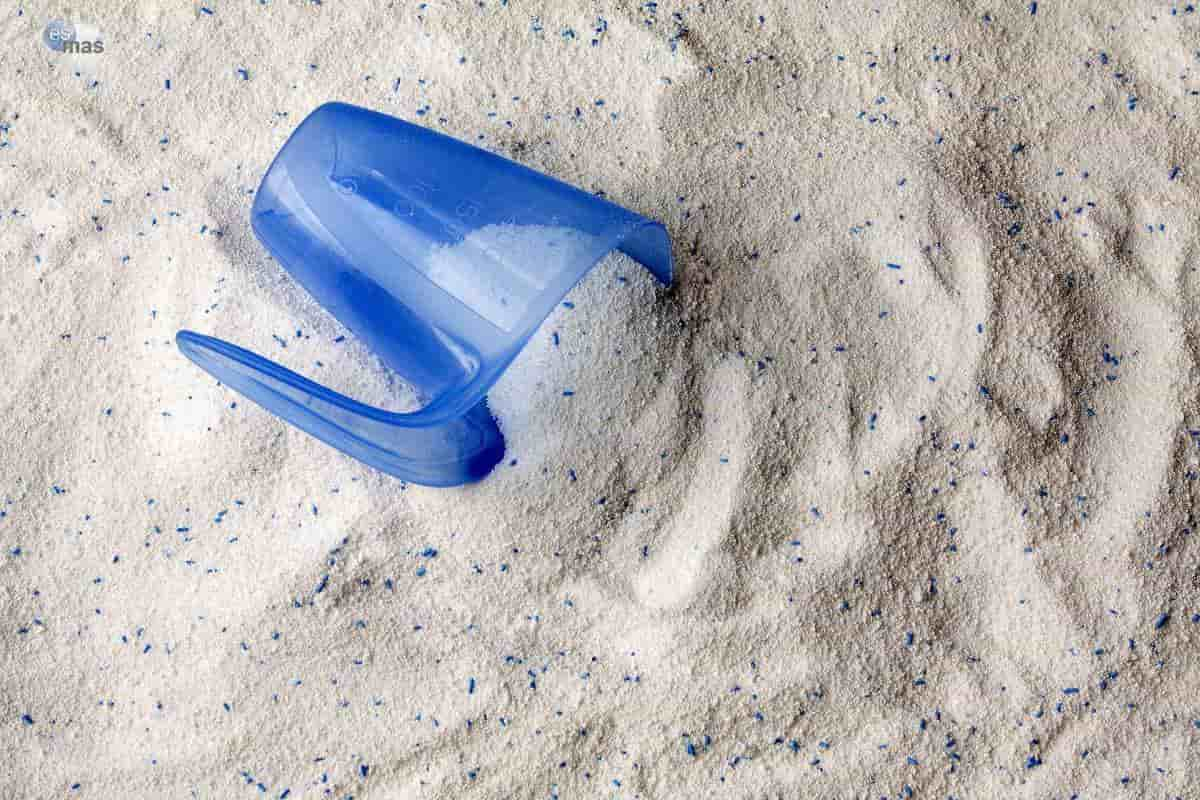
Builders are essential ingredients that work together to build the foundation of cleaning products. They reduce mineral precipitation and make surfactants work better.
For ease of cleaning, they coagulate fat into manageable globules. Because it neutralizes detergent’s corrosive effects, the construction material sodium silicate can be used without worry.
It is possible to neutralize acids with alkaline builders, which are salts that are soluble in water. This aids in the process of eliminating stains.
Detergents’ cleaning power is improved with the use of surfactants, also called foamers. Both the formation and breakdown of stains rely on their help.
Hard water inhibits the effectiveness of anionic surfactants, therefore they require the help of non-ionic surfactants to clean well.
Different enzymes neutralize and remove various contaminants. They aid in speeding up the cleaning process, even at colder temperatures, so that you can get your items back in circulation sooner.
Detergents often contain enzymes including proteases, lipases, and amylases.
- Optical brighteners, filter out ultraviolet radiation while reflecting visible light. Your whites and brights will benefit from this method.
Brightening agents like color speckles help keep your garments looking fresh.
Dishwasher Cleaners
In terms of the sort of surfactant it contains, there are four primary categories of detergents. There are several, but some of them are:
Some detergents, known as anionic detergents, have an anion formed from a lipophilic hydrocarbon group.
- Cationic detergents, often known as “invert soaps,” are one type of inert detergent. The surfactant in this example is a cation rather than an anion because cations are more stable in water.
In contrast to anionic and cationic detergents, non-ionic detergents do not include a hydrophilic group of either kind.
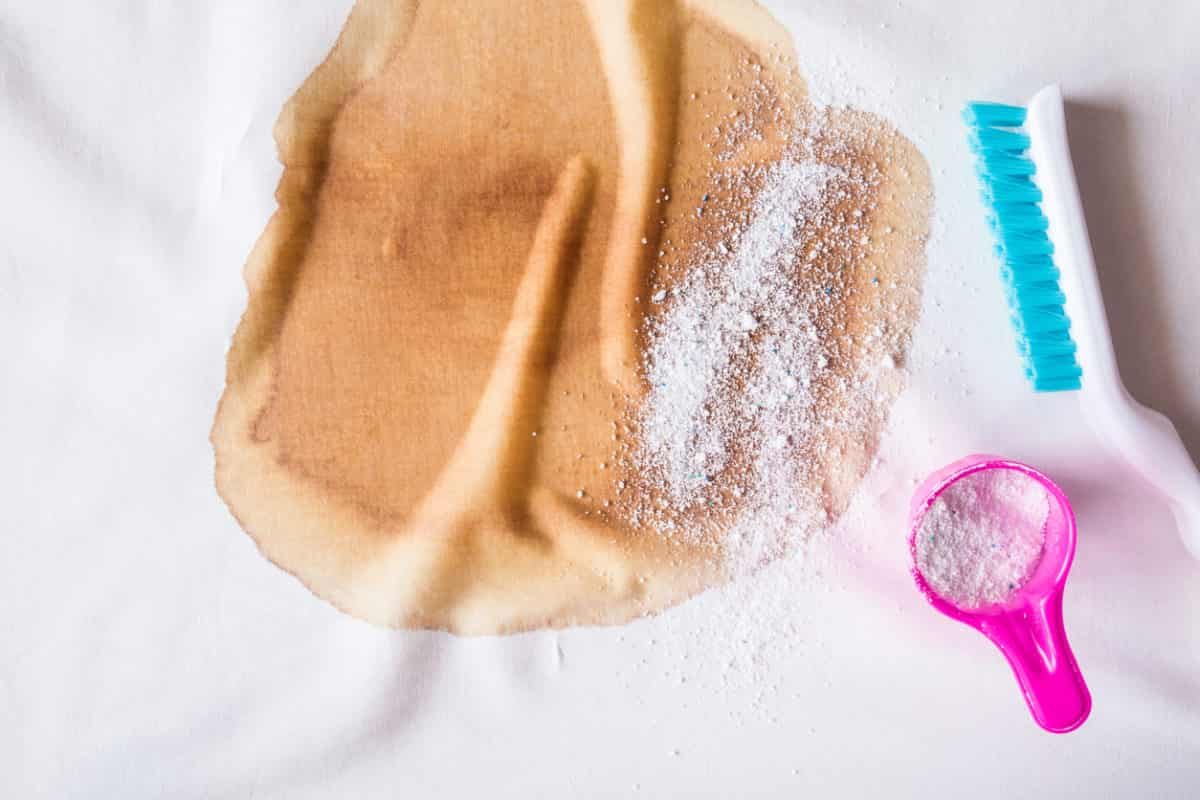
Long-chain molecules of amphoteric detergents feature both anionic and cationic hydrophilic groups, making them a kind of amphoteric detergent.
Acids, in contrast to bases, produce H+ ions when dissolved in water. In contrast, OH- ions are produced by bases when they are dissolved in water.
One may taste the sourness of acid in their mouth and the bitterness of a base on their tongue. The acidic pH scale goes from 1 to 7. However, bases have a pH range of 7 to 14.

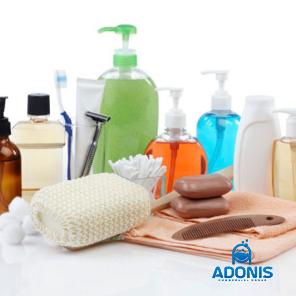

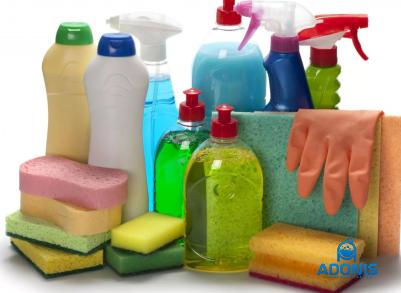
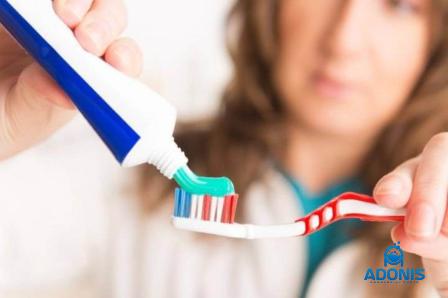
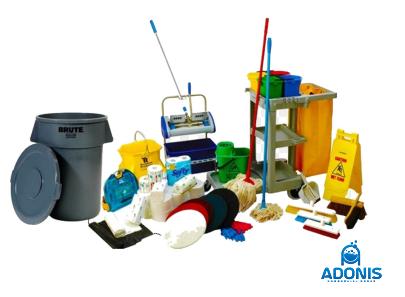
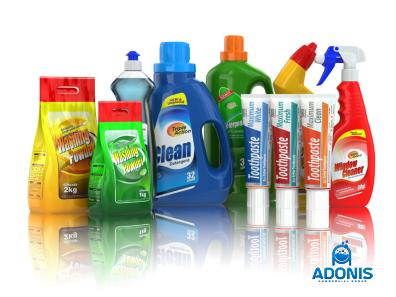

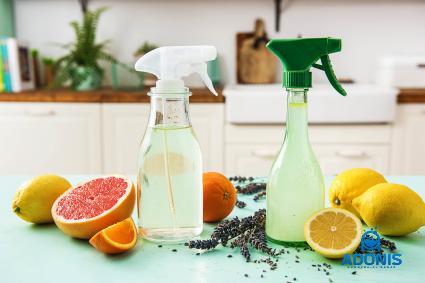


Your comment submitted.